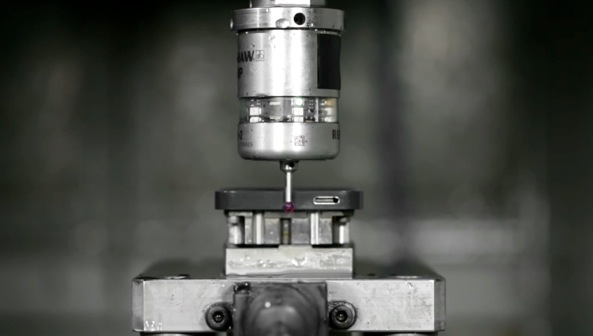As part of completing the COMM 296 Marketing course at UBC, you are required to do a video project on your chosen company. In this blog, I will share my thoughts on the experience.
Creating a video for a project is a unique opportunity. Being able to do it in groups made it an enjoyable experience. We used the iPeer system to rate the videos of other groups. This was a good way to give feedback and constructive criticism, while also being able to see what your peers though of your own video. There were a standard set of multiple choice questions that asked us about specific criteria. This made it easy to rate videos by comparing them to others, which means that the ratings would be fair. 
Instead of doing a presentation (which are done quite frequently as group projects to end the term), the choice by the marketing professor to do a video project instead was a good one. Being a part of the project helped us gain valuable skills that we can potentially use in a real world application. Instead of doing another presentation, we now have the skills to do the presentation using video. While it is impossible to learn everything in one project, the skills we obtained are a good base to learn more on video editing if we choose to do so. After completing this assignment, I hope more commerce courses will be able to offer different options rather than a standard presentation.














